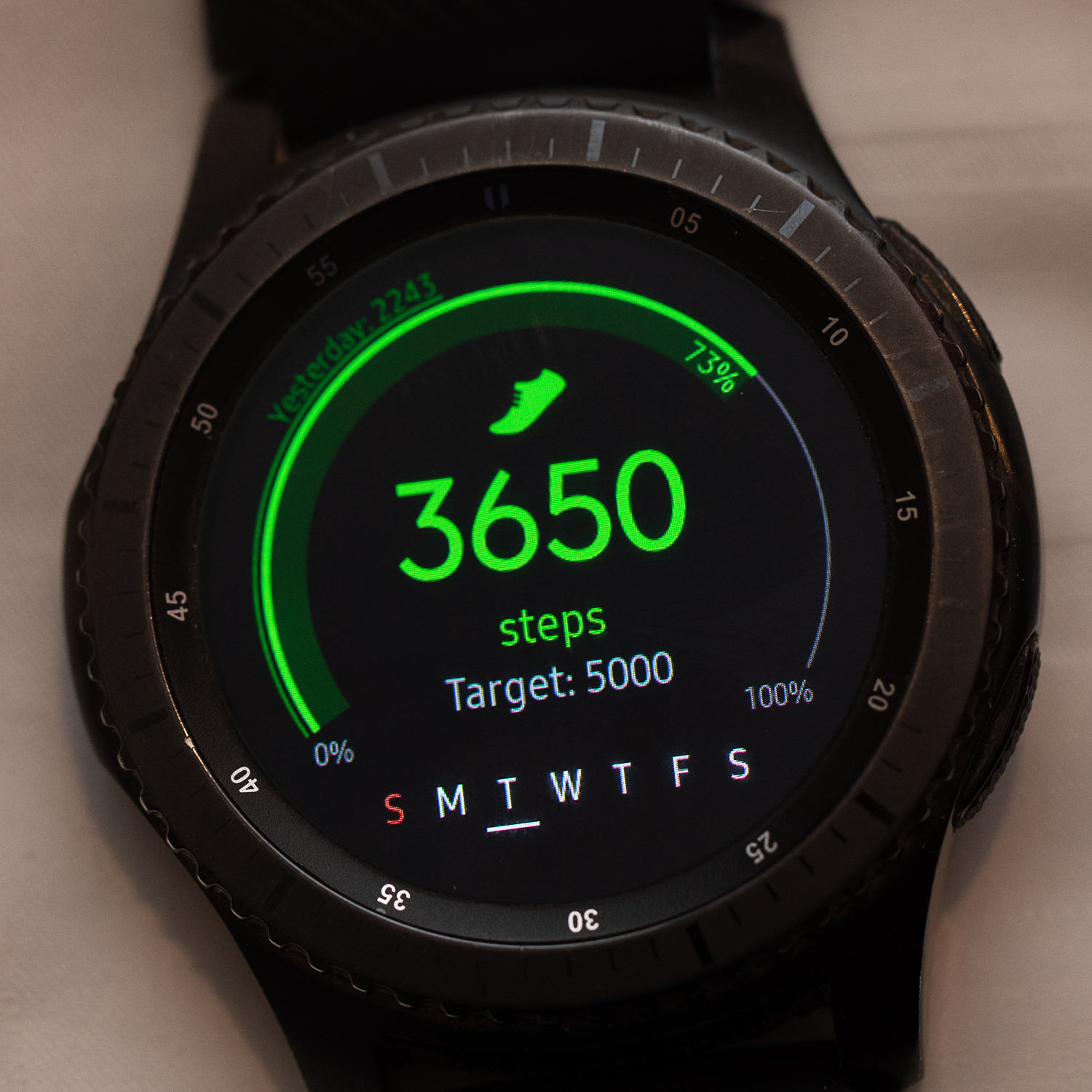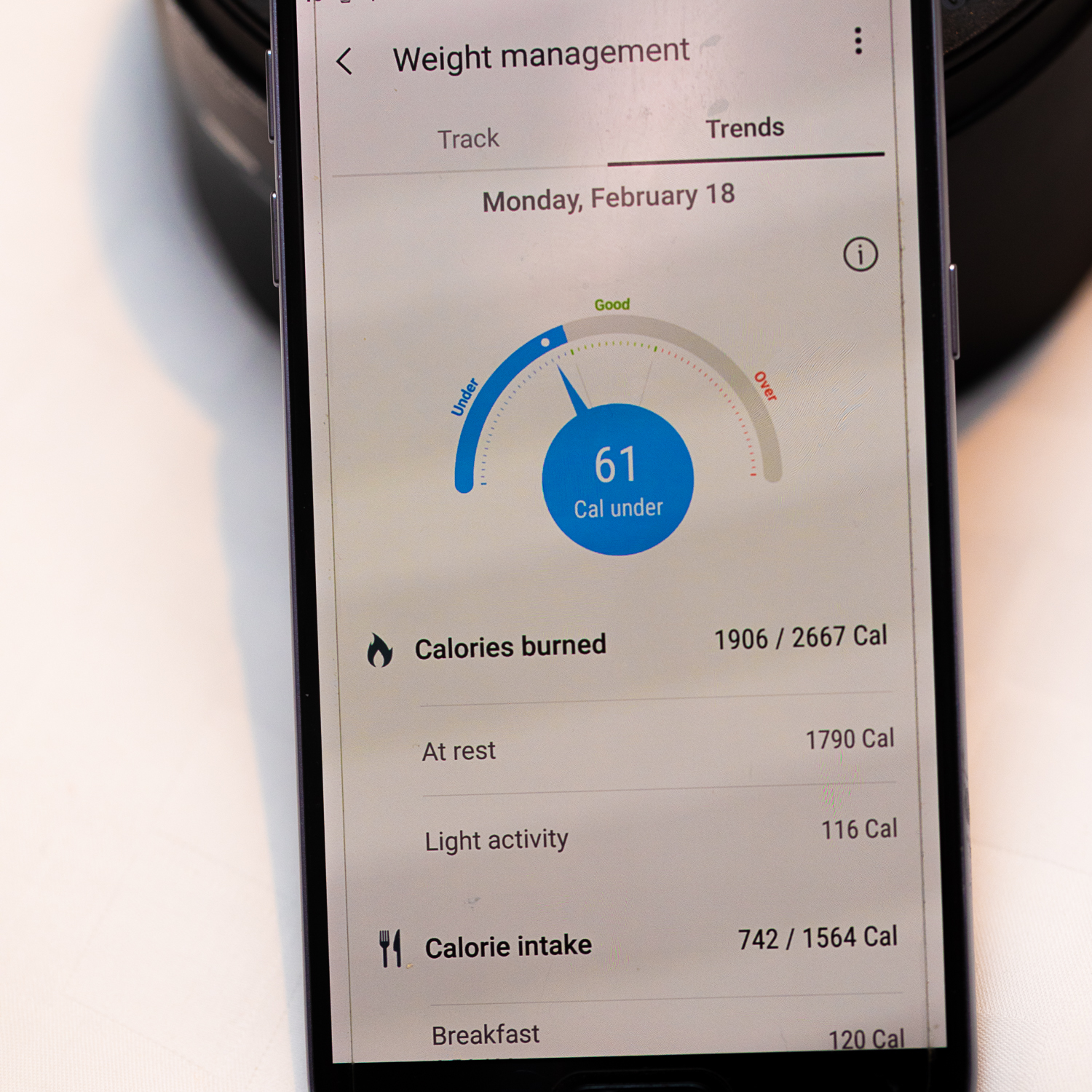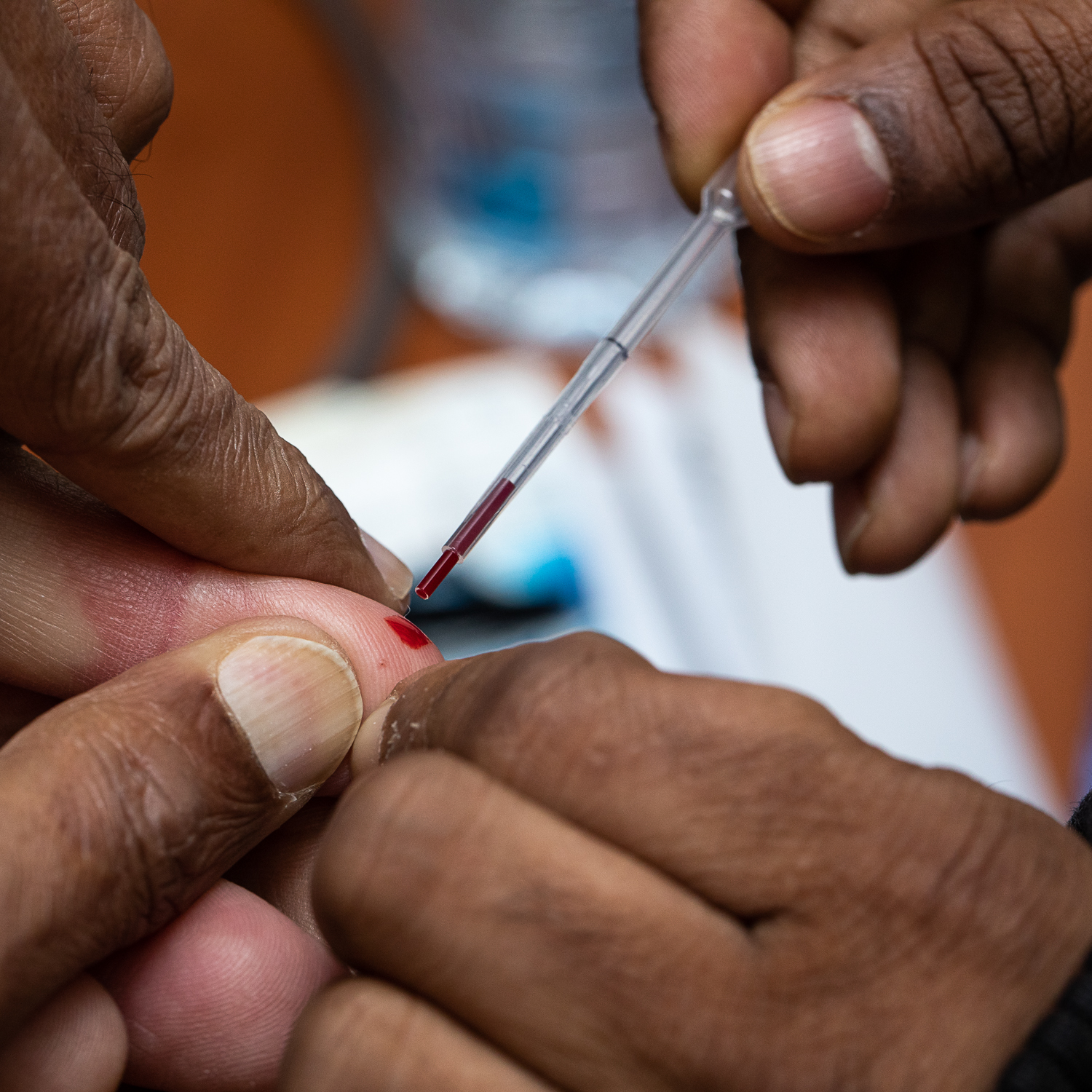My Journey from Obesity Continued
World Health Organisation
Obesity and overweight
Key facts
Worldwide obesity has nearly tripled since 1975.
In 2016, more than 1.9 billion adults, 18 years and older, were overweight. Of these over 650 million were obese.
39% of adults aged 18 years and over were overweight in 2016, and 13% were obese.
Most of the world's population live in countries where overweight and obesity kills more people than underweight.
41 million children under the age of 5 were overweight or obese in 2016.
Over 340 million children and adolescents aged 5-19 were overweight or obese in 2016.
Obesity is preventable.
More information on obesity and overweight from World Health Organisation - Click HERE
Mayo Clinic Body Mass Index - Click HERE
Shrinking stomach, FRom 110 cm to 104 cm, Goal 91 cm
Calorie restricted food intake, approx 766 cal per day
Average Food Bill Per Day - USD $12.01 - AUD $16.76 - KD 3.65 - GBP 9.20 - EUR 10.59 - INR 856
Chicken, Cakes and soft drink, estimates 1,237 calories.
Nearly two days worth of current allowance in one meal.
Lunch, Caesar Salad, 143 calories
Get some doctor’s advice before cutting your calories this low.
Blood Sugar Test Results - Day 10 - Normal
Fasting blood sugar test. A blood sample will be taken after an overnight fast. A fasting blood sugar level less than 100 mg/dL (5.6 mmol/L) is normal. A fasting blood sugar level from 100 to 125 mg/dL (5.6 to 6.9 mmol/L) is considered prediabetes. If it's 126 mg/dL (7 mmol/L) or higher on two separate tests, you have diabetes.
Steps, Calorie Intake and Burnt, Cholesterol Testing
Cholesterol
HDL - This is often called good cholesterol because it helps your body stay healthy and prevents disease. They contain lots of protein, and very little cholesterol. HDL cholesterol’s job is to carry cholesterol away from the cells, back to the liver, where it can be broken down and removed from the body.
LDL - This is often called bad cholesterol, because too much in the blood can lead to health problems. They contain lots of cholesterol. LDL cholesterol's job is to deliver cholesterol to the cells where it’s needed. But if there’s too much it can start to build up in the arteries, clogging them up.
Triglycerides are the most common type of fat in the body. Triglycerides enter the blood stream after a meal, and they are also made by your liver. Triglycerides are packaged into lipoproteins along with cholesterol. When they reach the cells throughout your body, they’re used for energy or stored for later.
A high triglyceride level combined with high LDL (bad) cholesterol or low HDL (good) cholesterol is linked with fatty buildups within the artery walls, which increases the risk of heart attack and stroke.
63 Days
Total Cholesterol down 13.75%
Recommended Levels of Cholesterol
Below are the Australian guidelines for fasting blood cholesterol levels to help reduce your risk of developing cardiovascular disease.
If your cholesterol levels are currently between 4.0-5.5 mmol/L, this is still considered within the limits of the normal range. However, you may wish to talk to your doctor, and make simple changes to your lifestyle habits. Changes such as eating less saturated fat, increasing physical activity and/or losing excess weight to help improve your cholesterol levels.
A total cholesterol level greater than 5.5 mmol/L suggests you have an increased risk of cardiovascular disease. Talk to your doctor about what can help manage your cholesterol levels, whether it's changes to your lifestyle habits or even medication.
My Cardiovascular 5 Year Risk Score - 5-9% of having a stroke or heart attack
My results below as at the 21 February 2019
My Cardiovascular Risk is 5-9 % based on
Age 59
Non-smoker
Systolic blood pressure 110
Total cholesterol 6.1
Using technology to track my health
Fasting blood sugar test. A blood sample will be taken after an overnight fast. A fasting blood sugar level less than 100 mg/dL (5.6 mmol/L) is normal. A fasting blood sugar level from 100 to 125 mg/dL (5.6 to 6.9 mmol/L) is considered prediabetes. If it's 126 mg/dL (7 mmol/L) or higher on two separate tests, you have diabetes.
PDF copies of the below cardiovascular risk charts charts can be found HERE
People without diabetes
People with diabetes















